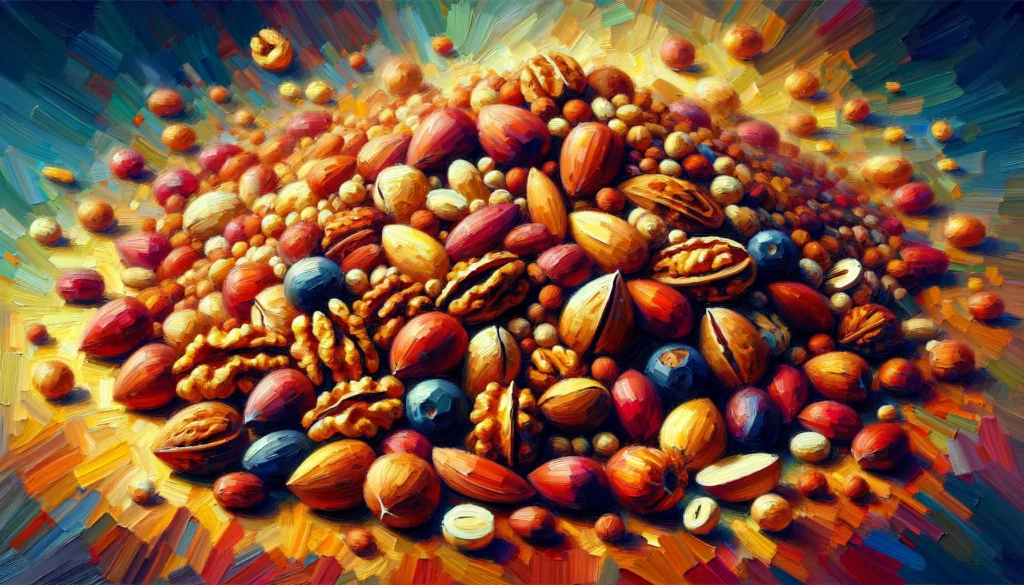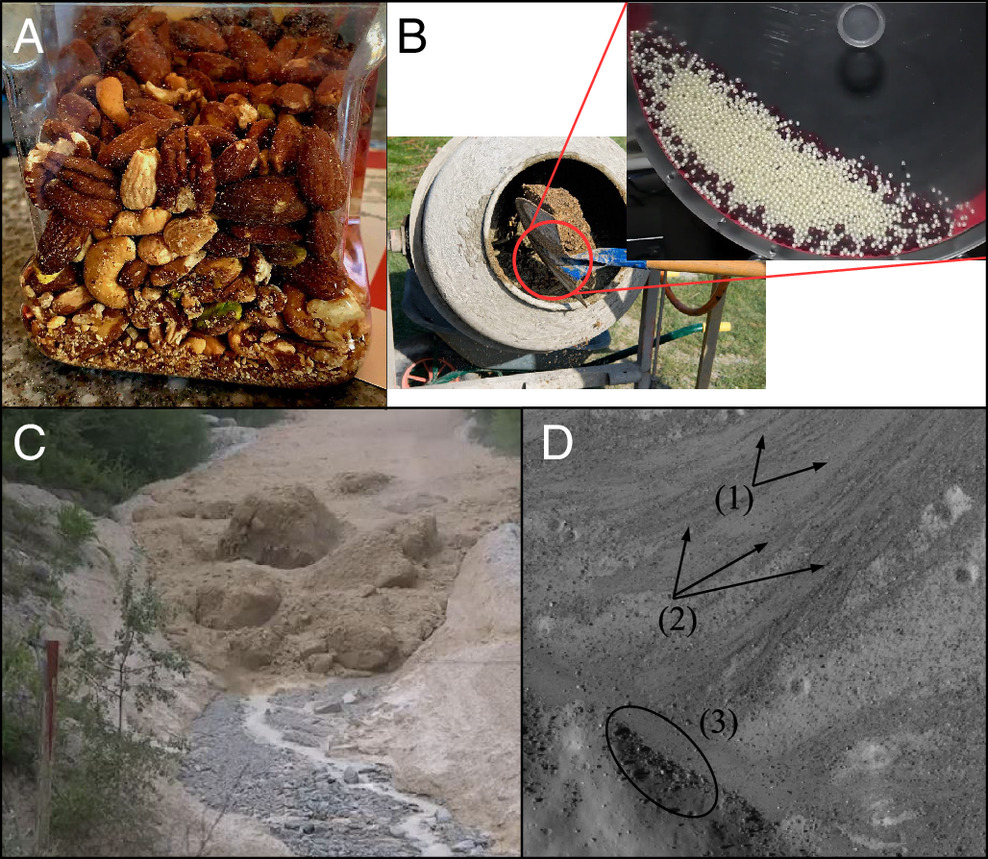From University of Rochester 15/02/24

Your morning cereal, a jar of nuts, the sands of distant planets, and even the concrete in your city are all examples of granular systems surrounding us.
And such systems are harboring secrets that could change the way we mix things up.
In a new paper published in the journal Proceedings of the National Academy of Sciences (PNAS), scientists at the University of Rochester, including Rachel Glade, an assistant professor of earth and environmental sciences and of mechanical engineering; Fernando David Cúñez, a former postdoctoral research associate in Glade’s lab and now a postdoctoral research associate at Rochester Institute of Technology; and Div Patel ’24, studied granular materials and uncovered the unexpected role that grain shape plays in the behavior of granular systems.
“Granular materials have peculiar behaviors,” Cúñez says, “but we don’t know a lot about exactly how they behave because their behavior depends on so many different circumstances.”
The Brazil Nut Effect
Granular materials such as cereal, pharmaceuticals, sand, and concrete commonly organize in such a way that grains segregate according to size rather than uniformly mixing.
For example, in a jar of nuts the largest nuts are commonly found at the top, a phenomenon known as “the Brazil Nut Effect.”
The Brazil Nut Effect can be a nuisance to many industries, including food and medicine, because it prevents uniform mixing.

It also has influences in nature, where grain segregation can change the dynamics of geohazards like landslides, erosion, and debris flows.
While the phenomenon is well known, it is not fully understood.
Researchers have also traditionally focused on the size of grains, with most previous studies assuming that grains are spherical—a uniformity that rarely mirrors reality.
Shape-shifting dynamics
Glade and her team used advanced computer simulations comparing mixtures of spheres with mixtures of spheres and cubes in a rotating drum and in a river-like setup to investigate how grain shape affects segregation in both dry and wet conditions, respectively.
Their research revealed that even small differences in grain shape can significantly alter the dynamics of grain segregation.
Specifically, the researchers found the following patterns in the dry-system mixtures:
- In a mixture of different-sized spheres: segregation increases, with more of the larger spheres rising to the top, when the ratio between large-volume spheres and small-volume spheres is greater.
- In a mixture of spheres of the same size plus larger cubes: the segregation tends to be the same as the spheres-only case, with the larger spheres rising to the top.
- In a mixture of spheres of the same size plus smaller cubes: the segregation tends to decrease, with most of the larger spheres rising to the top but to a lesser extent than in the spheres-only mixture.
Interestingly, in a fluid system, the trend shifts to the opposite:
- In a mixture of spheres of the same size plus smaller cubes: the smaller cubes move to the top.
“One way to think of it is that grain shape changes segregation both quantitatively—in the dry drum case, cubes decrease the amount of segregation—and qualitatively—in the wet river case, cubes change the patterns of segregation,” Glade says.
Reshaping industry and nature
Future research will explore why these changes in segregation occur.
The researchers surmise that it’s likely due to several factors, including forces exerted on the different particles that make them stick together and resist movement in distinct ways.
Regardless, the study shows how important grain shape is across various domains.
Highlighting the broader implications, Glade says, “our work demonstrates the importance of interdisciplinary research, drawing inspiration from physics, engineering, and earth science.”
“This collaboration paves the way for future work to better understand and predict geohazards, alleviate segregation issues in industrial flows, and enhance our understanding of granular materials on Earth and other planets.”



